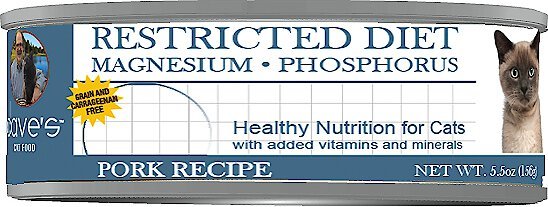Sportsman’s Choice Floating Pond and Catfish Fish Food, 40 lb.
Make sure your pond inhabitants get all the protein they need with this fish food. Sportsman’s Choice Floating Pond and Catfish Fish Food is a 32% protein fish feed designed to be fed to catfish and other farm pond species in a recreational feeding program. Containing vitamins C, E, D and B, the fish food is a nutrient-rich powerhouse. Add this fish food to your pond maintenance routine today.
Make sure your pond inhabitants get all the protein they need with this fish food. Sportsman’s Choice Floating Pond and Catfish Fish Food is a 32% protein fish feed designed to be fed to catfish and other farm pond species in a recreational feeding program. Containing vitamins C, E, D and B, the fish food is a nutrient-rich powerhouse. Add this fish food to your pond maintenance routine today.
- Fish food supplies 32% protein to support multiple farm pond species of fish
- Highly palatable to maximize intake and viewing
- Fish food fortified with stabilized vitamins (high levels of vitamin, C, E, D and B complex) to ensure fish are receiving the correct nutrient balance to support rapid growth
- Special formula of fish food enhances digestibility and nutrient absorption
- Feeding Directions: Hand feed or feed from an automated feeder once daily; if hand-feeding, select a consistent location to feed; feed enough Sportsman’s Choice Catfish feed until fish do not come to the pond surface to eat – typically within 5-7 min.
- Store fish food in a dry location
SATISFACTION GUARANTEED If you aren’t completely satisfied with this product, please return it to your retailer with receipt within 30 days of purchase for a full refund.
Ingredients
Processed Grain By-Products, Plant Protein Products, AnimalProtein Products, Grain Products, Calcium Carbonate, Salt,Ascorbic Acid, Dicalcium Phosphate, Monocalcium Phosphate,Vitamin E Supplement, Niacin Supplement, d-CalciumPantothenate, Biotin, Menadione Sodium Bisulfite Complex(source of Vitamin K activity), Vitamin A Acetate, Vitamin D3Supplement, Riboflavin Supplement, Pyridoxine Hydrochloride,Folic Acid, Vitamin B12 Supplement, Thiamine Mononitrate, ZincSulfate, Ferrous Sulfate, Magnesium Oxide, Copper Sulfate,Manganese Sulfate, Sodium Selenite, EthylenediamineDihydroiodide, Cobalt Sulfate.
Guaranteed Analysis
| Nutrient | Guarantee |
|---|---|
| Crude Protein | 32.0% |
| Crude Fat | 4.0% |
| Crude Fiber | 7.5% |
| Phosphorus | 0.8% |
| Vitamin D3 | 250 IU/lb |
| Vitamin E | 30 IU/lb |
| Vitamin B6 | 4.0 mg/LB |
| Ascorbic Acid (Vit C) | 20 mg/LB |
| Biotin | .27 mg/LB |
| d-Pantothenic Acid | 12.0 mg/LB |
| Folic Acid | 1.0 mg/LB |
| Niacin | 16.0 mg/LB |
| Riboflavin | 4.0 mg/LB |
| Thiamine | 1.0 mg/LB |
| Vitamin B12 | 11 mcg/LB |
Feeding Guide
Hand- feed or feed from an automated feeder once daily. If hand feeding- select aconsistent location to feed. Feed enough Sportsman’s Choice Floating Pond and Catfish Food until fish do notcome to the pond surface to eat. Typically within 5-7 min. Store in a dry location
- Caution: do not overfeed. Overfeeding will result in oxygen depletion of the water, causing system build up
Additional information
| Fish Type | Freshwater Fish |
|---|---|
| Food Form | Extruded |
| Packaged Height | 5 in. |
| Packaged Length | 36 in. |
| Packaged Weight | 40 lb. |
| Packaged Width | 16 in. |
| Package Size | 40 lb. |
| Packaging Type | Bag |
| Manufacturer Part Number | 45053 |












by Nenen
Best floating fish food! Some sink to the bottom but most of the pellets stay afloat.
by Allendale
Works in the feeder and fish like it.